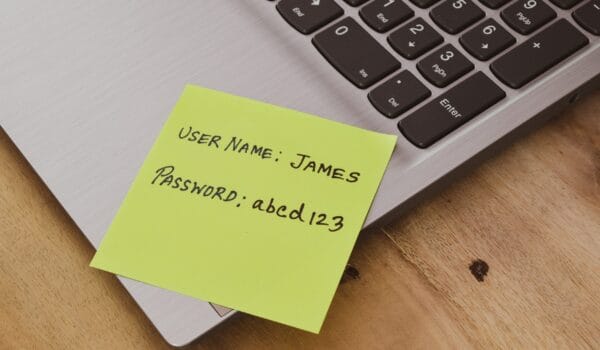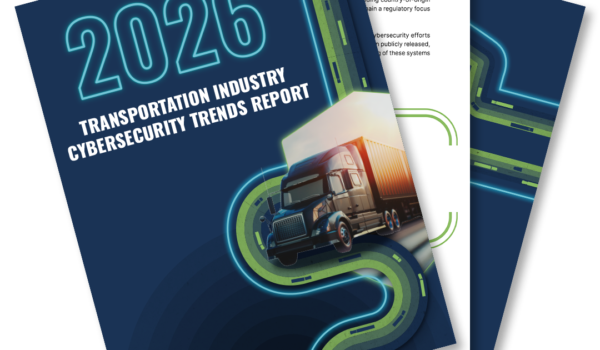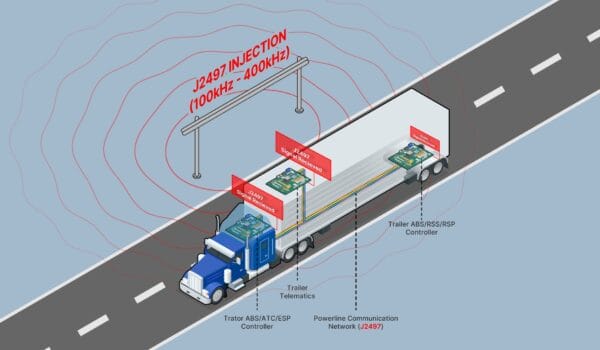In freight transportation, container logistics, and drayage operations, one key identifier continues to play a vital role in ensuring visibility and compliance: the Standard Carrier Alpha Code® (SCAC®).
But not all SCACs are created equal.
In particular, there’s a distinct difference between the SCAC assigned to a carrier (such as a motor carrier or ocean carrier) and a SCAC ending in the letter “U”—explicitly used to identify containers and intermodal equipment. Understanding which SCAC your organization needs is essential for avoiding compliance issues and ensuring smooth operations.
Who Needs a SCAC Container Code (Ending in “U”)?
SCACs ending in “U” are not for carriers—they are used to identify the owners of intermodal containers and equipment. These container SCACs are recognized internationally and are often used in U.S. Customs systems, port terminals, and global container tracking platforms.
Typical stakeholders who may need a container SCAC include:
- Ocean carriers and vessel operators;
- Intermodal Equipment Providers (IEPs);
- Shippers (especially those who own or lease containers);
- Drayage and port trucking companies;
- Logistics providers and third-party logistics providers (3PLs);
- Freight forwarders; and
- IT Teams managing booking or equipment tracking systems.
If your company owns, leases, or manages containers, this container “U” code is crucial for manifesting, customs filing, and equipment interchange at ports, rail yards, and terminals.
Domestic vs. International Use of Container Codes
Domestic Use:
Container SCACs are widely used in rail and intermodal operations, especially when transferring containers between trucks, railcars, or depots. U.S. Customs and terminal systems often require this code for visibility and tracking.
International Use:
In ocean freight and cross-border shipping, container SCACs appear in booking systems, advance manifests, and global tracking platforms, helping identify which company owns or manages the container across international supply chains.
Purchasing a Container SCAC “U” Code: What to Know Before You Apply
Applying for a SCAC with the National Motor Freight Traffic Association, Inc. (NMFTA)™? It’s essential to understand that purchasing a container SCAC (ending in “U”) differs from buying a standard carrier SCAC.
When completing the application:
- Only check the box for a container “U” code if you are certain your company owns, operates, or manages containers that require unique identification.
- Selecting this option incorrectly can lead to delays, confusion, or issuance of a code your business doesn’t need.
If you’re unsure whether your company qualifies, we recommend checking with your compliance team or contacting NMFTA directly before proceeding.
Conclusion
A SCAC is more than just an industry formality—it’s a critical identifier used by Customs, terminals, carriers, and tracking systems worldwide.
If you’re moving freight, you’ll likely need a standard SCAC.
If you manage containers, particularly in the intermodal or ocean freight space, you’ll need a SCAC ending in “U.”
To apply for or renew a SCAC or container code, always use the official NMFTA website: www.scaccode.com.
For more SCAC resources, visit www.nmfta.org/scac-resources.






